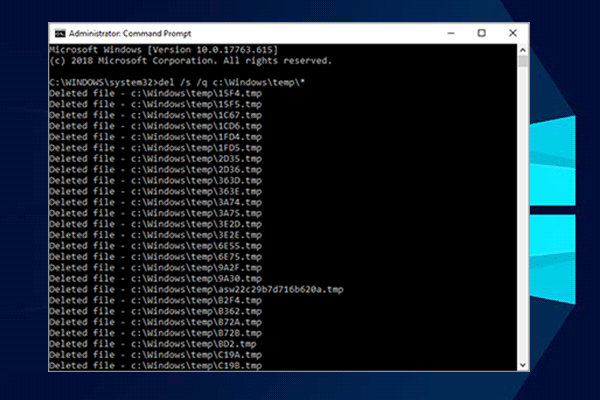


It is created when you log onto the administrative console. This file contains user preferences on administrative console layout and actions. The concept is same for any administrative client, such as the Integrated solution console, wsadmin or JMX, that you use to make the changes.Ĭaution: The WebSphere Application Server administrative console stores a preferences.xml file in install_root/wstemp/. For example, if you are changing the heap size for an application server, the change is stored in the wstemp location until you save the changes. Any changes that you make to the configuration are stored in the wstemp directory temporarily. Usage: wstemp is a workspace temporary directory. Also, sometimes the files under the config/temp directory might stay there forever and cause sync and start up issues. Why remove these files?: Sometimes non-root users might not have permission to read the files under the temp directory, for example, if it was created by other users. To avoid this problem, make sure that you stop the deployment process before you remove the config/temp files. Usage: The temp files in the config directory might be used for file transfer during the synchronization process and for other purposes.Ĭaution: The configuration files can be corrupted if they are removed during synchronization or other operations. Let's describe the different files and their locations: Install_root example: C:/WebSphere/Appserver

Profile_root example: C:/WebSphere/AppServer/profiles/ profile_name It can be a tape backup, using the backupconfig tool, or using the manageprofile -backupProfile option.

Afterwards the device booted, was faster and no functionality was lost. These files were dated back over more than 1 year and seemed to serve no valid function any more. Using the app SD Maid (Explorer tab) on a rooted Samsung Galaxy Note 1 (N7000), Android 4.1.2, LT5 Build, I found 900+ log files in /data/log.Īfter clearing the literally hundreds of dumpstate* files, I got my internal memory back from only 207mb up to 1040+ mb! Now I can complete all the missing updates. Yes, you can delete log files on your device.


 0 kommentar(er)
0 kommentar(er)
